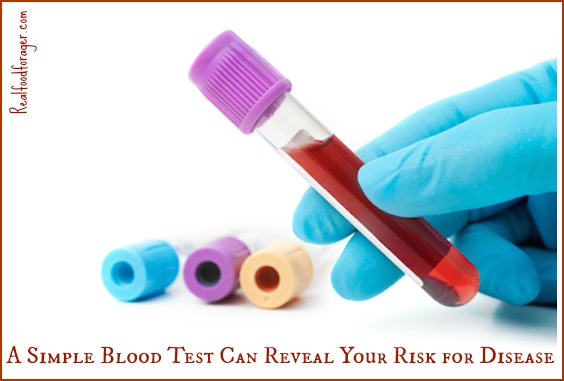It is well known that having diabetes increases the risk for several chronic degenerative diseases, such as heart disease, Alzheimer’s and cancer. A new study published in the British Journal of Cancer in March 2014, indicates that chronic hyperglycemia (increased blood sugar) correlates with the increased risk for cancer – and goes further to indicate that this risk is present, for those in the pre-diabetic state as well as for those people with “normal ranges” – for certain types of cancer.
How Do We Track Blood Sugar?
A simple blood test that is routinely given is fasting glucose. The result should be in the mid 90′s or below. This is a good test, but it only shows your blood sugar at that particular moment in time. Blood sugar rises and falls in response to what you eat, how often you eat and how you metabolize sugar and carbohydrates. If your blood sugar is running on the high side, this test will not necessarily show it.
Luckily, there is a good, reliable blood test that shows your average blood sugar levels for the preceding 3 months. That test is Hemaglobin A1c and it is used to monitor the blood sugar of people with diabetes. If you have a doctor who is on the ball, they will also test you for it routinely – even if you do not have diabetes – at your yearly physical. It is currently considered normal in the range of 5.6 – 5.8.
This study showed that even in these “normal” ranges, there was an increased risk for certain cancers (except prostate cancer) and, importantly, that risk is increased even in the “normal” ranges for several cancers.
The researchers concluded that,
These results merit urgent (my emphasis) investigation into the risks and advantages of updating recommendations for stricter glycaemic control in diabetic and non-diabetic subjects, as this could help reduce the risk of cancer incidence and mortality.
What this indicates is that the so called “normal” range of 5.6 – 5.8 is TOO HIGH! People need to know that they are at increased risk for these diseases. Currently, even with a HgA1c of 5.8 a patient is told that they are fine.
Once again, this is our medical system that favors crisis intervention instead of prevention. Why wait for the crisis – the diagnosis of diabetes, or cancer, or Alzheimer’s, when they could be doing something about their diet and lifestyle, if they choose, before their health declines further?
What is So Damaging About Glucose?
Glucose binds to proteins (protein is also DNA) . This is called glycation.
When glycation occurs this upregulates inflammation and the damaging effects of oxidative stress and free radicals which can occur on many tissues in the body – including the brain – which is why diabetics are more at risk for dementia and Alzheimer’s.
Diabetes also puts you at greater risk for colo-rectal cancer, thyroid cancer, liver, pancreatic, and uterine cancers.
How Do We Measure Glycated Proteins?
Hemaglobin A1c is a glycated protein (another name is glycated hemoglobbin or glycosylated hemoglobin) that is used to measure average blood sugar over 3 month period as stated earlier. According to Dr. Permutter in his book Grain Brain, it is also a powerful marker of brain aging.
This study published in Neurology in 2005 showed a link between higher HbA1c blood markers and brain shrinkage (atrophy). Here again, even though HbA1c levels of 5.6 – 5.8 are still considered within normal range, even these ranges showed a high rate of brain cell death. With higher HbA1c numbers the atrophy is worse.
I don’t know about you, but I’m going to run and get my HbA1c measured!
What Levels Should The Blood Tests Show to be Healthy?
On serum testing, fasting glucose that is considered normal is really way too high! The ideal for optimum health:
- Fasting glucose: mid 90′s or below
- HbA1c: 4.8-5.4
What this tells us is that the ranges that are considered “normal” are too high and need to be lowered. The way to keep HgA1c in the lower ranges is by reducing your consumption of carbohydrates and sugar. It’s that simple! Learn more about HgA1c here.
With the Sad American Diet full of processed sugars and carbohydrates, we are all at risk for diabetes, unless you make every effort to eat a low sugar, low carbohydrate diet.











